|
June 15 - Balsam Lake, City of Kawartha Lakes June 16 - Innisfil area, Simcoe County June 17 - Bala area, Muskoka District June 18 - From Bala to Elk Lake, Timiskaming District June 19 - Elk Lake to Fraserdale June 20 - Boreal Butterflies and Woodpeckers of Fraserdale June 21 - Smooth Rock Falls to Hearst Birding, Matachewan Mothing June 22 - Matachewan to Hilliardton Marsh June 23 - Purplish Coppers in Parry Sound District The morning of June 20 dawned cool with a completely overcast sky, a moderate breeze and the threat of rain. These conditions were not great since I had planned to spend the morning looking for several species of butterflies. Butterflies seem to be solar-powered and the day's lack of sun meant that most would stay out of sight. Fraserdale is surrounded by vast, boggy taiga, where the dominant trees are stunted Black Spruces and the dominant animal species seem to be the blackfly and mosquito. My main interest this day was in seeking out a few species of butterflies - species which are tied to these northern forest types and which fly during June. As I mentioned before, searching for butterflies is all about habitat and seasonal timing, since many species are "on the wing" for only a few weeks each year. The habitat was excellent for Taiga Alpine in particular, but I was also hoping to come across Grizzled Skipper, Frigga Fritillary, and Greenish Blue. These species have all been found in the area but some are more common than others. It may have been just a touch too early in the year for Greenish Blue as well. I cooked breakfast while wearing my bug jacket - the blackflies were ferocious, even with the breeze - geared up, and headed out to see what I could find. I began by walking down the dirt road pictured above. It cut through the boggy landscape, eventually crossing the railway tracks and continuing to the west. By late morning the sun had nearly broken through the clouds. This was enough persuasion for a few of the solar-powered insects to magically appear, such as Hudsonian Whitefaces, Lucia Azures and Silvery Blues. A start! Soon, a few other butterflies added themselves to my day list including Clouded Sulphur and Canadian Tiger Swallowtail. I also noted the first of many tiger beetles for the day; each one that I obtained a close look at was either a Common Claybank Tiger Beetle or an Oblique-lined Tiger Beetle. A distinctive bird vocalization drew my attention away from the gravel road and towards the Black Spruce trees to my south. It sounded just like an American Three-toed Woodpecker! Moments later a dark woodpecker blasted across the path and two other individuals followed. I had lucked into a trio of the scarce boreal woodpeckers, two males and a female. In the next photo all three individuals are visible (the males exhibit yellow colouration on their foreheads). Clearly, love was in the air as the two males harassed the female and followed her from tree to tree. The American Three-toed Woodpecker and the Black-backed Woodpecker are two species that are year-round residents in the boreal forests of North America. In the east, Black-backed Woodpeckers seem to be much more frequently seen, especially in the southern reaches of the boreal forest. Most birders who wish to see American Three-toed Woodpeckers in Ontario head north to search in recently burned areas of forest, since the charred trees instigate a proliferation of beetle larvae and other delectable insects in which the woodpeckers seek out. Dozens of Black-backed Woodpeckers can be discovered feeding in these recent burns, while American Three-toed Woodpeckers can occasionally be observed in good numbers as well. (Click here to read a blog post about one of these winter woodpecker trips). American Three-toed Woodpeckers are normally found in low densities throughout the landscape. Aside from these high concentrations of birds in recently burned areas, the species can be difficult to seek out. I have been able to travel extensively in northern Ontario in recent years and have seen my share of American Three-toed Woodpeckers, but they are still a special sight each and every time that I come across them. The sun was still shielded from me by a layer of cloud of variable thickness, but the air temperature had increased by a degree or two and the insect numbers were increasing. Even with occasional raindrops falling, insects were numerous during the dry periods in between. My first target of the day to fall was a Grizzled Skipper along the gravel roadway. It flushed on a few occasions and I had trouble following it. Unfortunately, it "escaped" before I could take its picture. Below are two more lepidopterans that I encountered around this time. First, a Dreamy Duskywing (a type of spreadwing skipper), followed by a type of geometer moth that I have not been able to identify. Unfortunately it also escaped after one poor photo. Solitary Sandpipers are a frequent migrant species through southern Ontario. They are commonly found on mudflats, as well as in treed swamps and other muddy areas. A pair were clearly nesting nearby, as one flew up from the ditch and into the canopy of one of the Black Spruces. It proceeded to call at me until I had walked far enough away out of its territory. Despite my main focus being insects, the birding was just so good that I kept getting distracted. Of course, mid-June is the peak of the breeding season and the day's cool, overcast weather ensured that bird song continued well into the afternoon. Luckily it is possible to look for insects and to bird at the same time, since the birding can be done by ear! I noted thirteen species of warblers including quite a few Wilson's Warblers. Red and White-winged Crossbills were not uncommon, while I also tallied Sandhill Crane, Hooded Merganser, Olive-sided Flycatcher, Black-backed Woodpecker, Philadelphia Vireo and Lincoln's Sparrow, among many others. Canada Jay, the species formerly known as Gray Jay, is one of the iconic birds of the boreal forest and rarely a day will go by without encountering this charismatic species. I came across a pair toting around a youngster. The dark sooty plumage of young Canada Jays looks very different from the soft grays of the adult. As you can see in the above photos, the rain had begun to fall with a little more urgency around this time. I took this as my cue to head back to the car, where I eagerly enjoyed the respite from the black flies. The rain fell steadily for over two hours, giving me an opportunity to partake in a well-deserved nap. The late night mothing escapades were starting to catch up to me. Eventually, the ominous clouds passed by in the mid-afternoon and the sun pushed through, more aggressively this time. Time to keep exploring! I headed south along Highway 634 on foot, since the bog opened up a short distance down this road. This looked like ideal habitat for the Taiga Alpine. It only took a few minutes of searching until a suspicious, dark butterfly grabbed my attention. Could it be? Indeed it was a Taiga Alpine, my first sighting ever of this species. It took quite a bit of effort to photograph this individual, but I was eventually successful. It was quite wary of my approach! Much of the life history of the Taiga Alpine is relatively unknown. This is unusual with butterflies here in North America as most species are generally well-studied. Taiga Alpines prefer Black Spruce sphagnum bogs and swamps with a relatively open understory that consists of Labrador Tea and other ericaceous species. The foodplant(s) of this species' caterpillar is unknown, but it likely consists of grasses or sedges, like its congeners in Satyrinae. Luckily for me, this individual was only the first of many Taiga Alpines that I would encounter during the afternoon. It seemed that I had timed my trip perfectly to catch this species shortly after the adults had emerged, since every individual appeared to be very fresh. Many sources mention that this species can be wary and prefers to perch on the trunks of Black Spruces, a behaviour which I noted as well. Luckily, enough Taiga Alpines were present that I was able to approach some closely for photographs. These individuals were always along the gravel roadways, between Highway 634 and the train stop of Fraserdale. They would often rest with their wings angled upwards to catch the sun's rays most efficiently. Taiga Alpines rarely nectar from flowers, though they will sometimes sit on damp gravel roads to take moisture and minerals from the substrate. Carrion and animal feces are common nutrient sources for other butterflies in Satyrinae; it is possible that the Taiga Alpine will utilize these as well. Adults are relatively short-lived however, reproducing and dying in a few weeks. At first glance the Taiga Alpine appears to be a drab brown butterfly, but in my opinion it is an attractive species. The orange eye-spots on the forewing really pop, while fresh individuals show a nice silvery flush along the undersides of the forewings and hindwings. The Taiga Alpines were the source of my enjoyment for much of the afternoon but I noted a few other interesting butterflies and moths as well. First up is a day-flying moth which caught my attention. It was quite wary and nearly thwarted my photography attempts; this is the best that I managed. At the time, I had no idea what species this was. Even more surprising, I could not put a name to it after doing a fair bit of research once I was back home. Thanks to some assistance provided by Eric Giles and Chris Schmidt, it was determined to be the Boreal Gem Moth (Heliothis borealis). This is an infrequently observed species that is thinly distributed in the boreal forest and very rarely noted from Ontario. This was only the third record of the species on iNaturalist, while there are only a few specimens in the BOLD database. Another interesting butterfly was the Common Roadside-Skipper. Despite its name, these are far from common but in certain areas they can be found with regularity. Fraserdale seems to be one of those areas as I noted quite a few of them. The mid afternoon sunshine certainly helped enable this. While walking near the railway tracks, I came across a single wing of a bird. It had formerly belonged to a Sharp-tailed Grouse. This species can be found in the large bogs of northern Ontario; indeed, they are frequently seen from the train traveling between Cochrane and Moosonee. I wonder if this individual had been a victim of the passing train. With rain threatening during the evening, I left Fraserdale behind and headed south towards the town of Smooth Rock Falls. I was looking forward to a night spent in a motel! It would also give me a chance to charge my powerbank so that I could keep mothing during future evenings. While I had only seen a couple of my target butterflies during my time in Fraserdale, there were many other exciting finds plus an excellent night of mothing. It is hard to beat June in northern Ontario.
6 Comments
Quinten Wiegersma
12/26/2020 04:42:11 pm
Great post! I wonder if your unidentified geometer might be a Black-banded Orange Moth (Epelis truncataria). They seem to be relatively common in bogs, so that would certainly fit the bill! Hard to say for certain though.
Reply
Jared Gorrell
12/28/2020 02:57:52 pm
Is that Sulpher actually a Pink-edged Sulphur? Given the boreal habitat and brightness of the pink edge around its wings, I think it might be
Reply
Duncan Lyon
12/29/2020 12:47:28 pm
Josh , I’ve been reading your main blog for a few years . It is a delight . As a birder- naturalist in the UK who has visited Ontario and New England a number of times over the years it is great to be reminded of some of the species I’ve been fortunate to experience at first hand but also to enjoy vicariously those that time , opportunity and resources mean I will probably never see . I also realise how much more challenging the sheer number of Butterfly and Dragonfly species must be ! We get off very lightly over here . This was a great account of what must have been a wonderful foray into wilderness . Thank you .
Reply
Leave a Reply. |
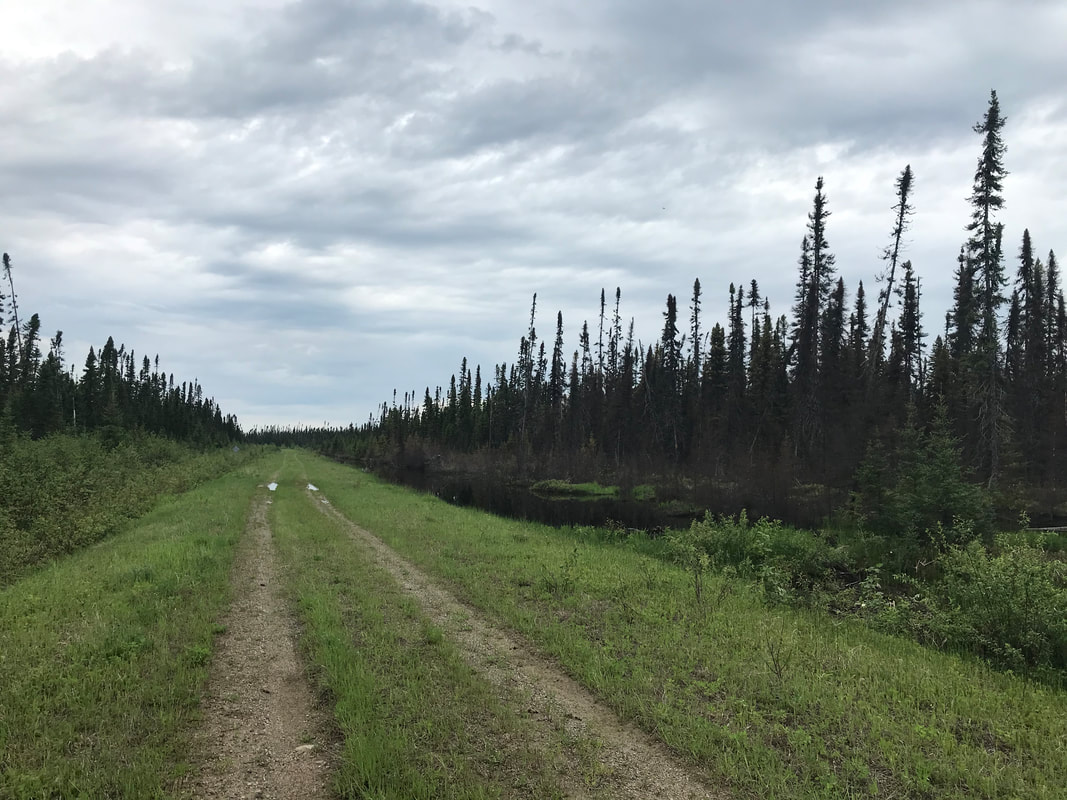
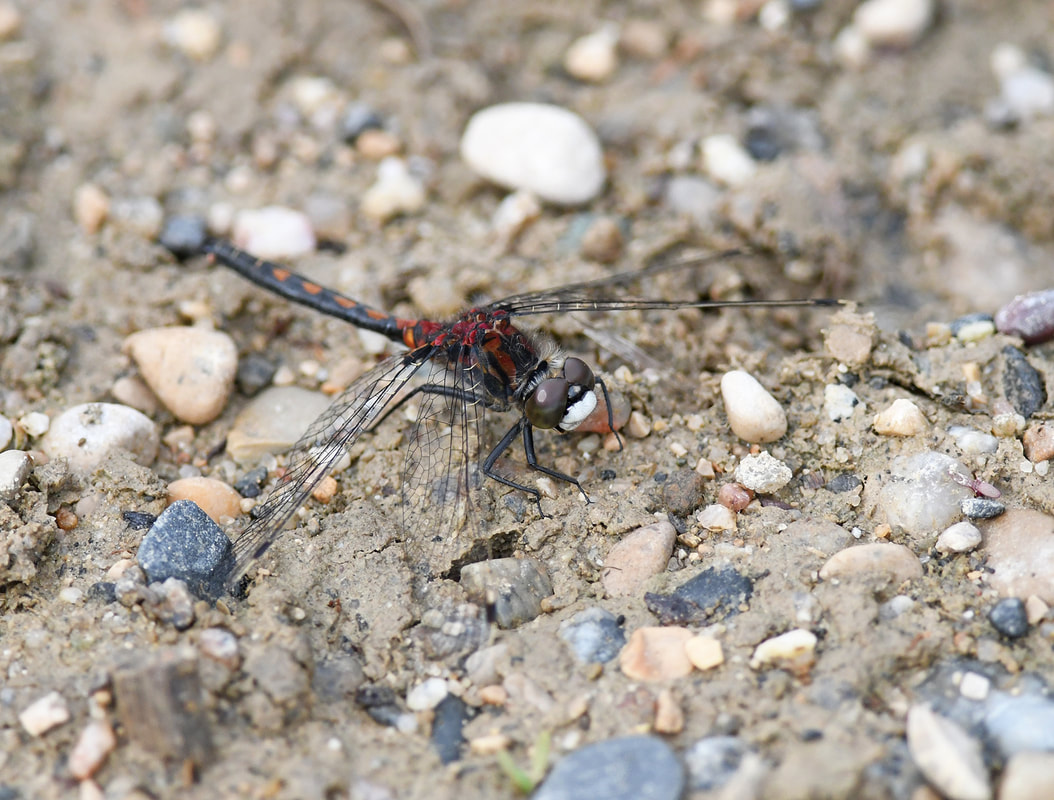
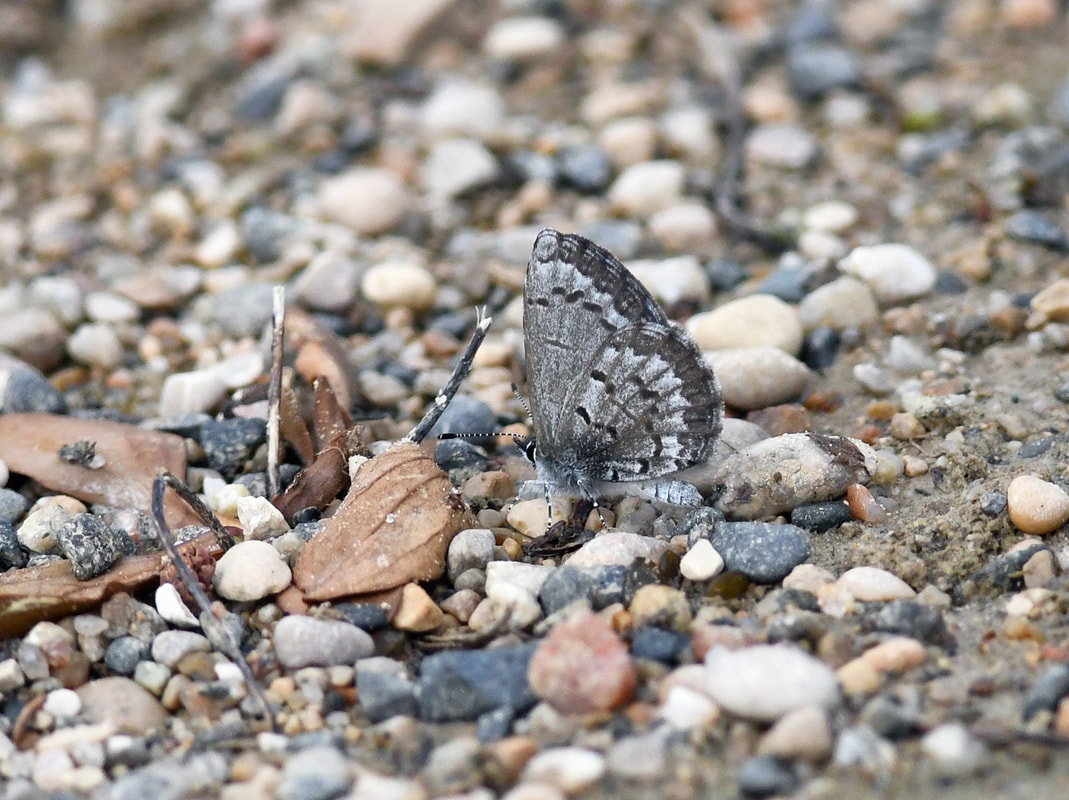
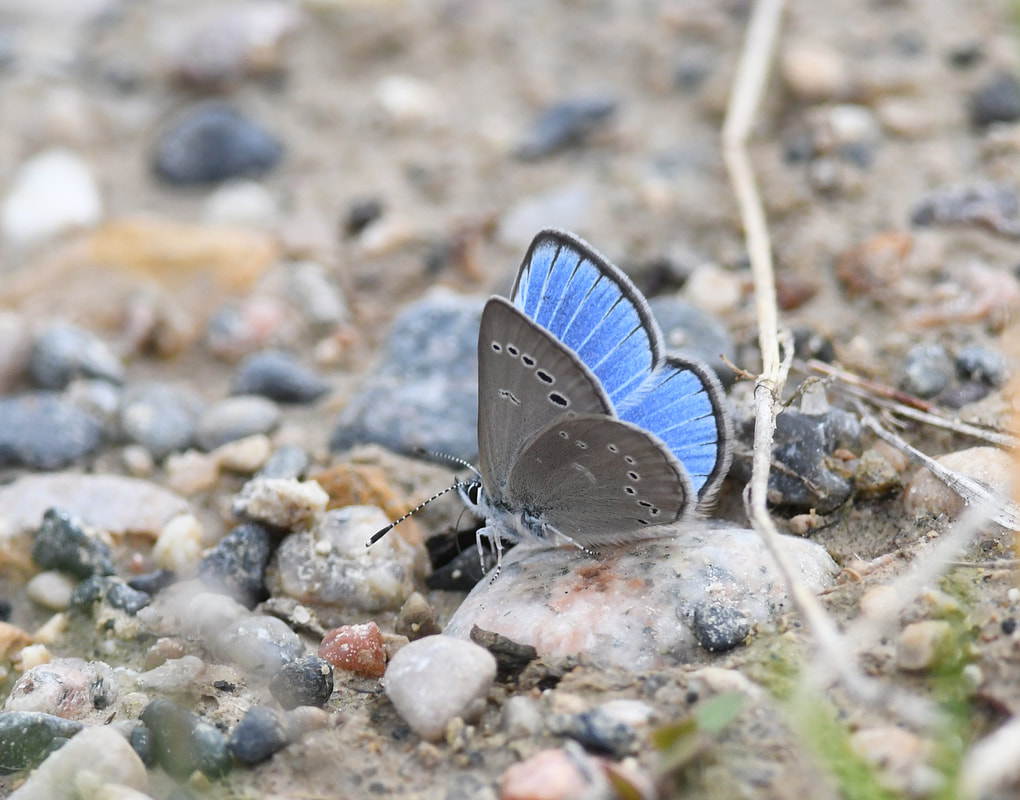
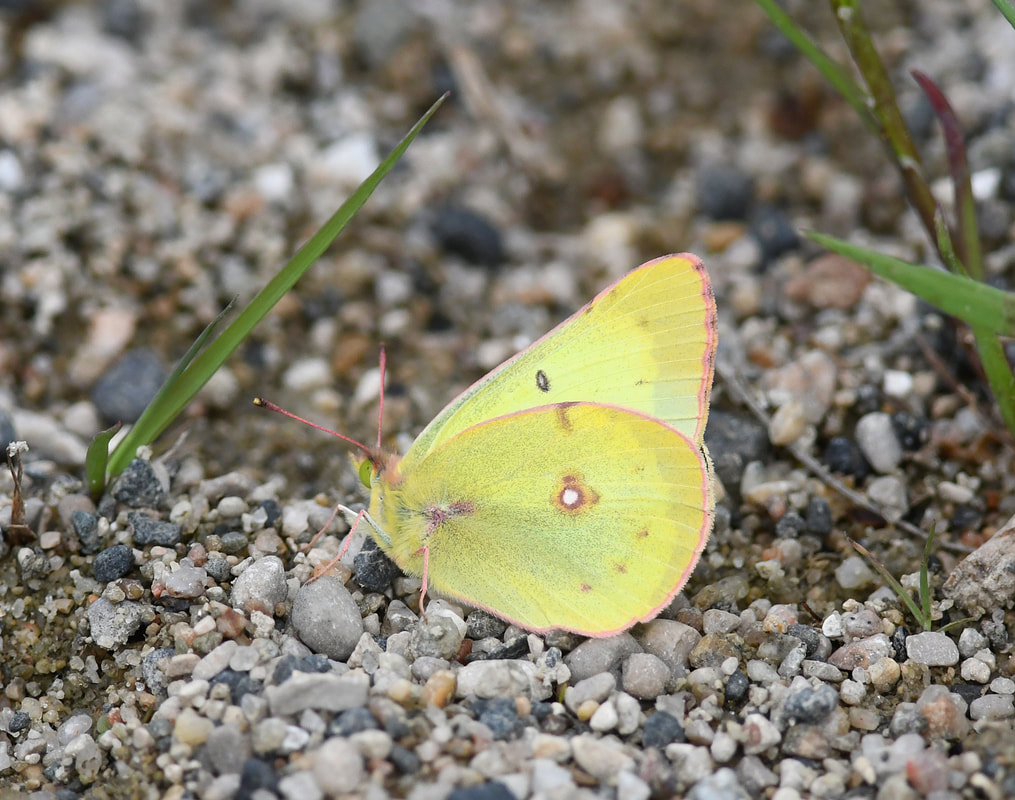
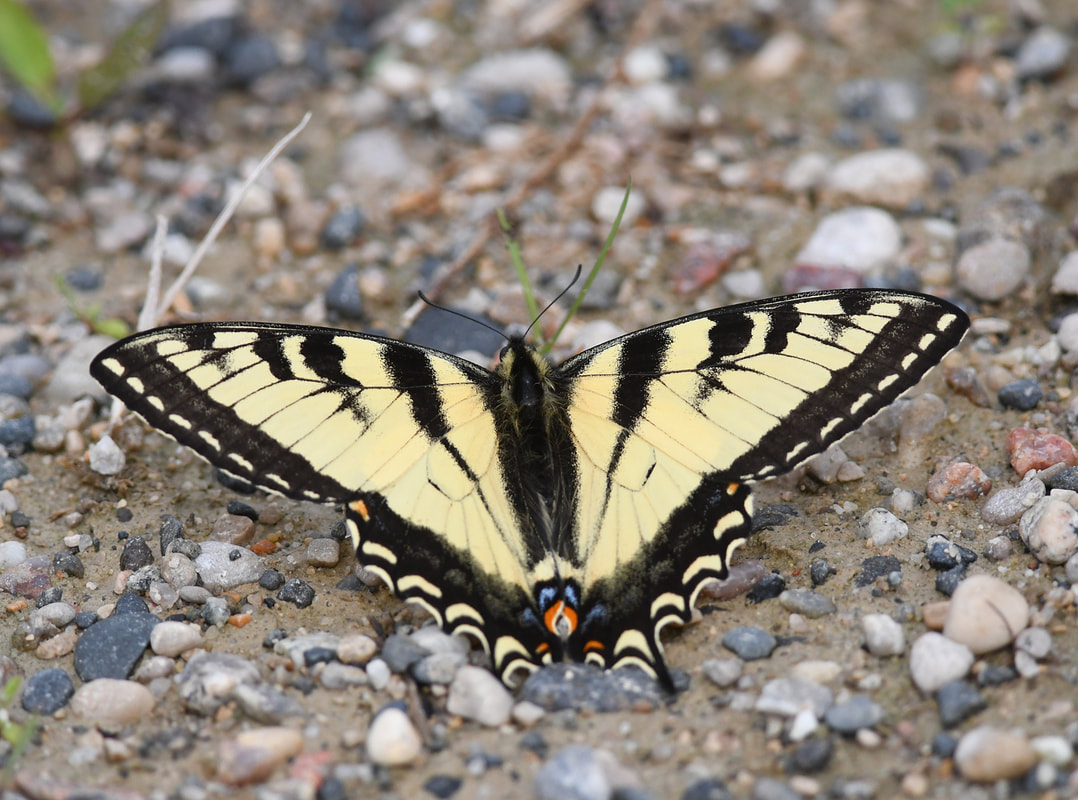
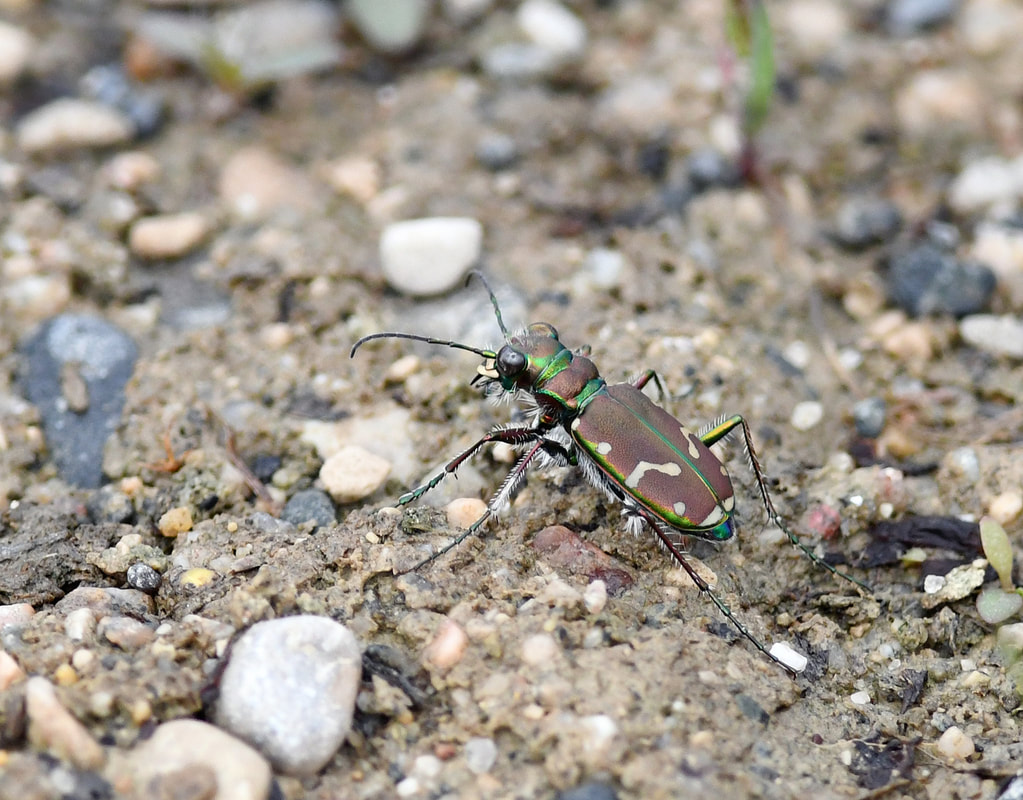
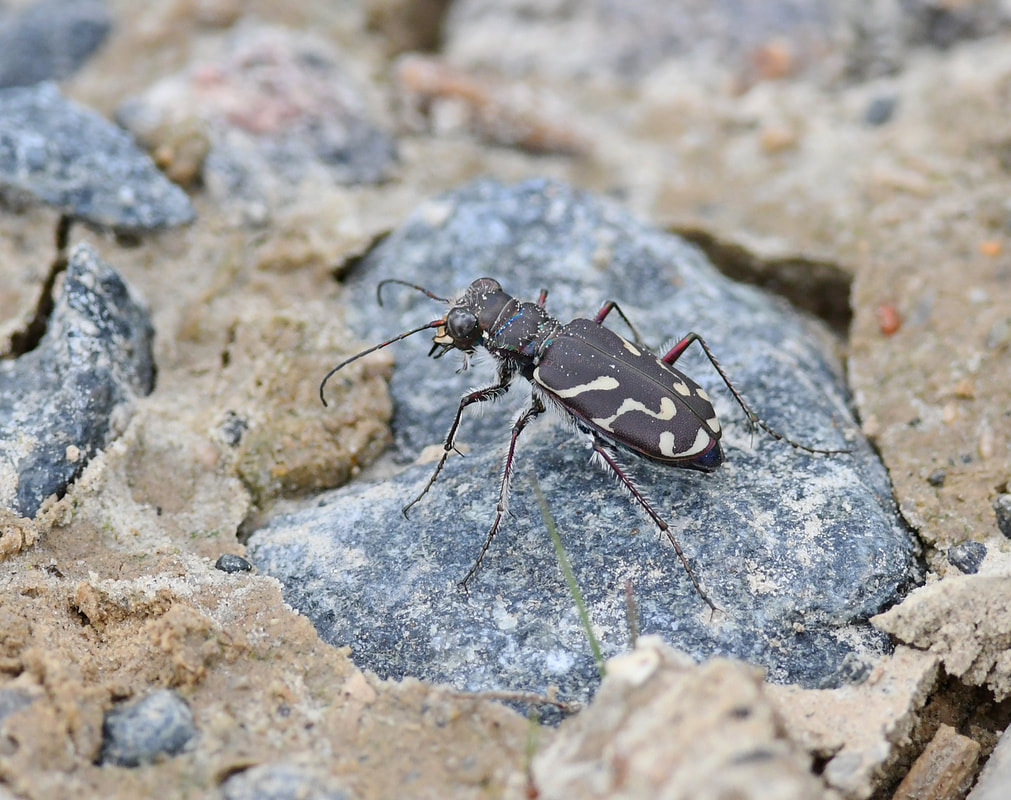
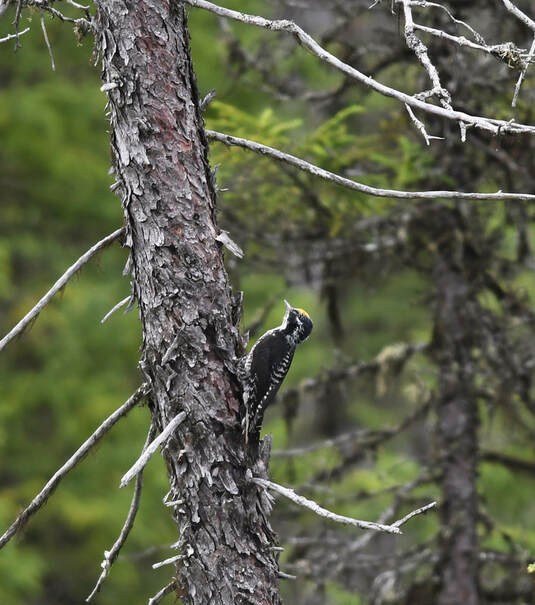
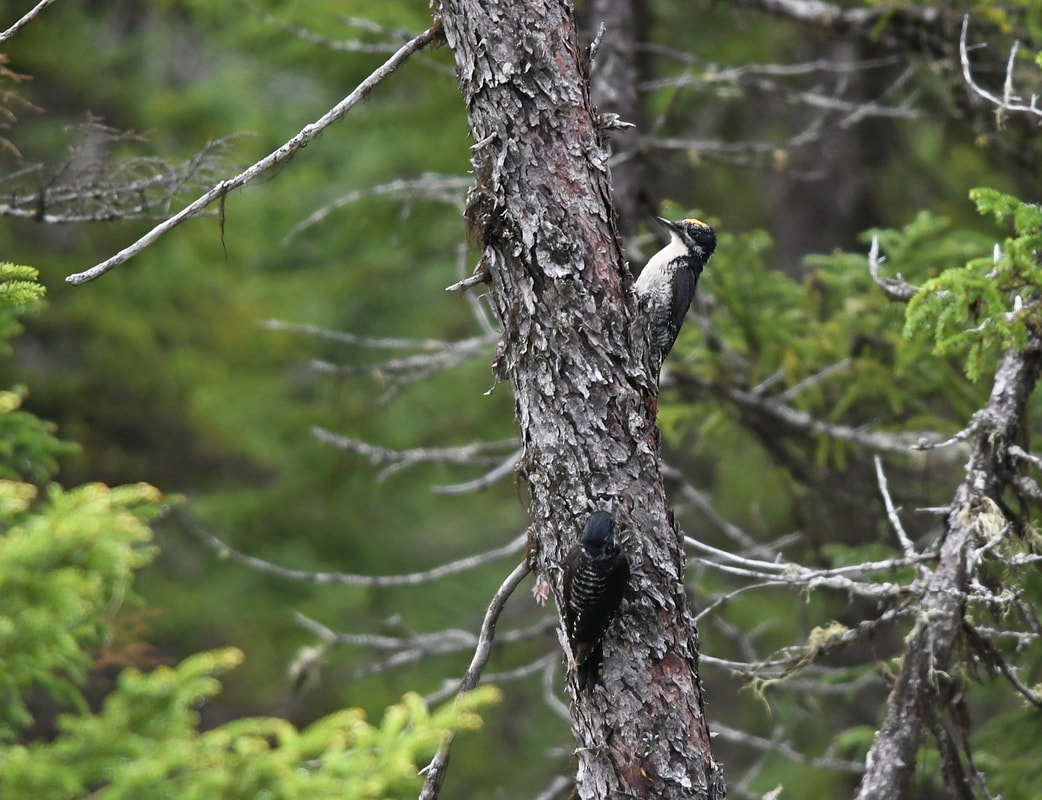
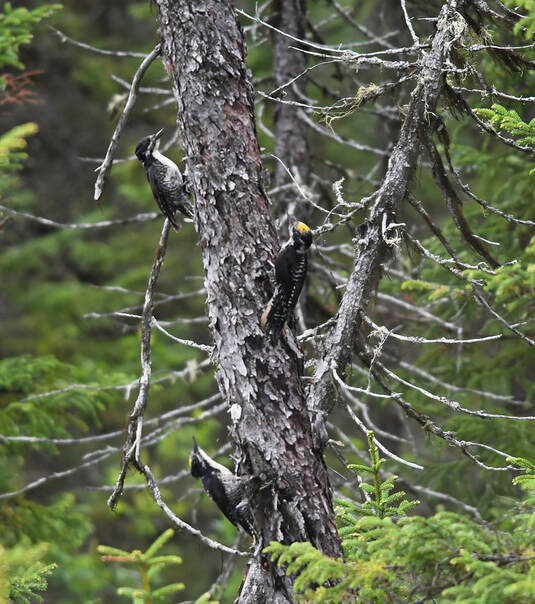
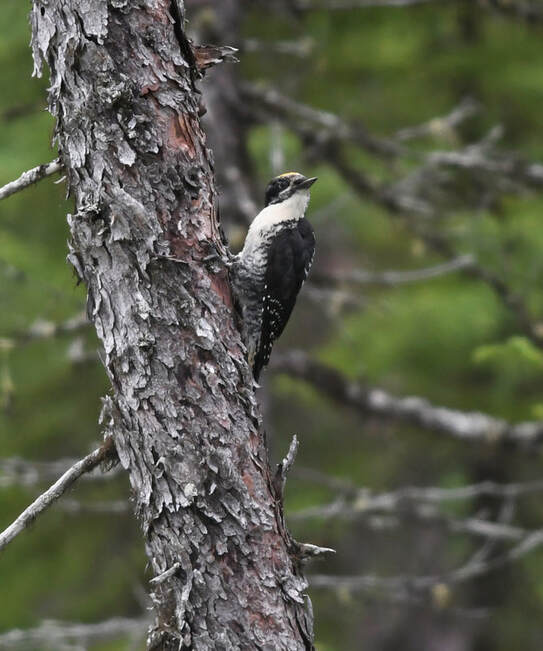
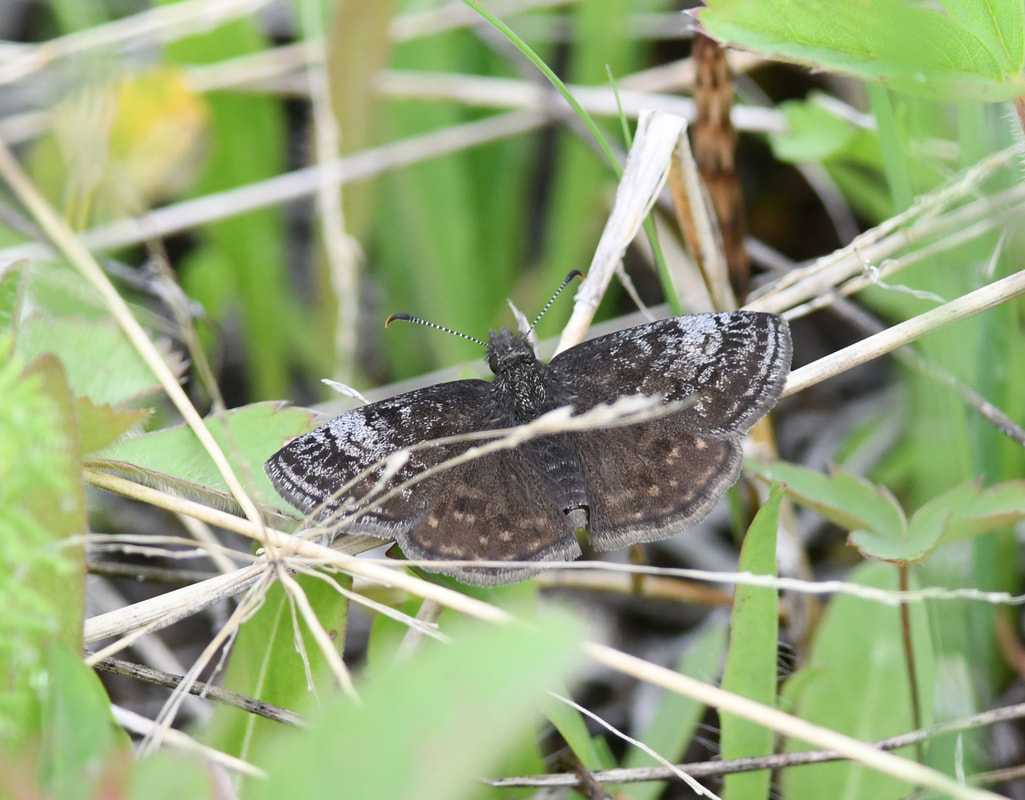
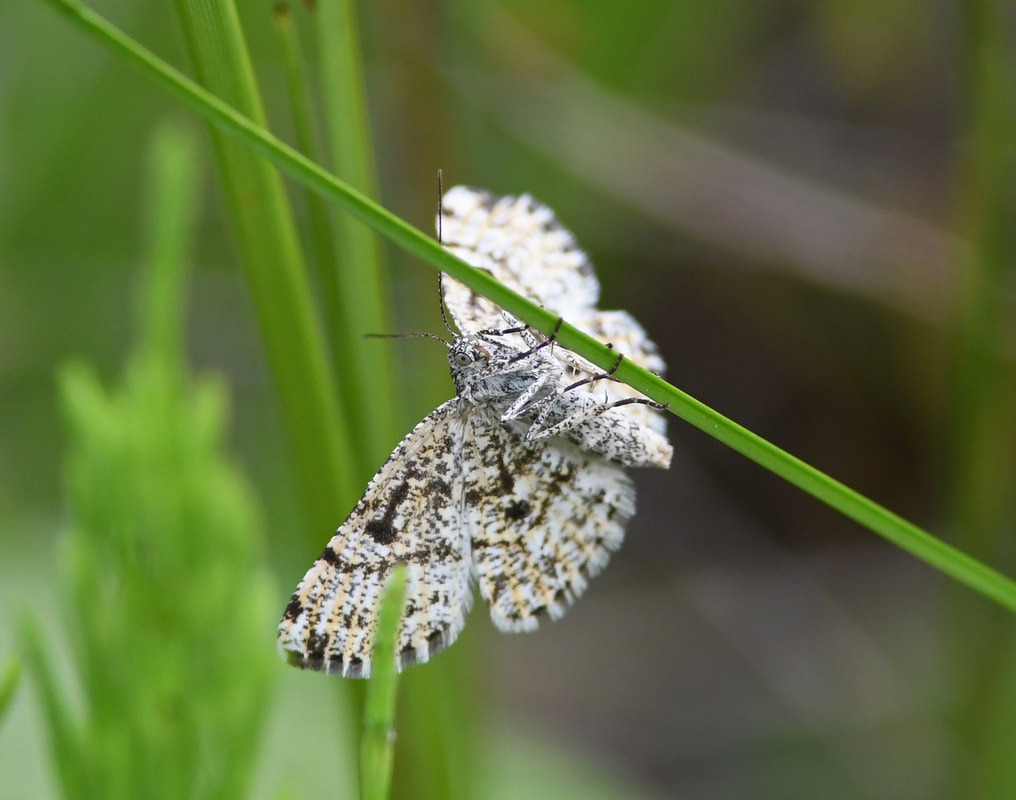
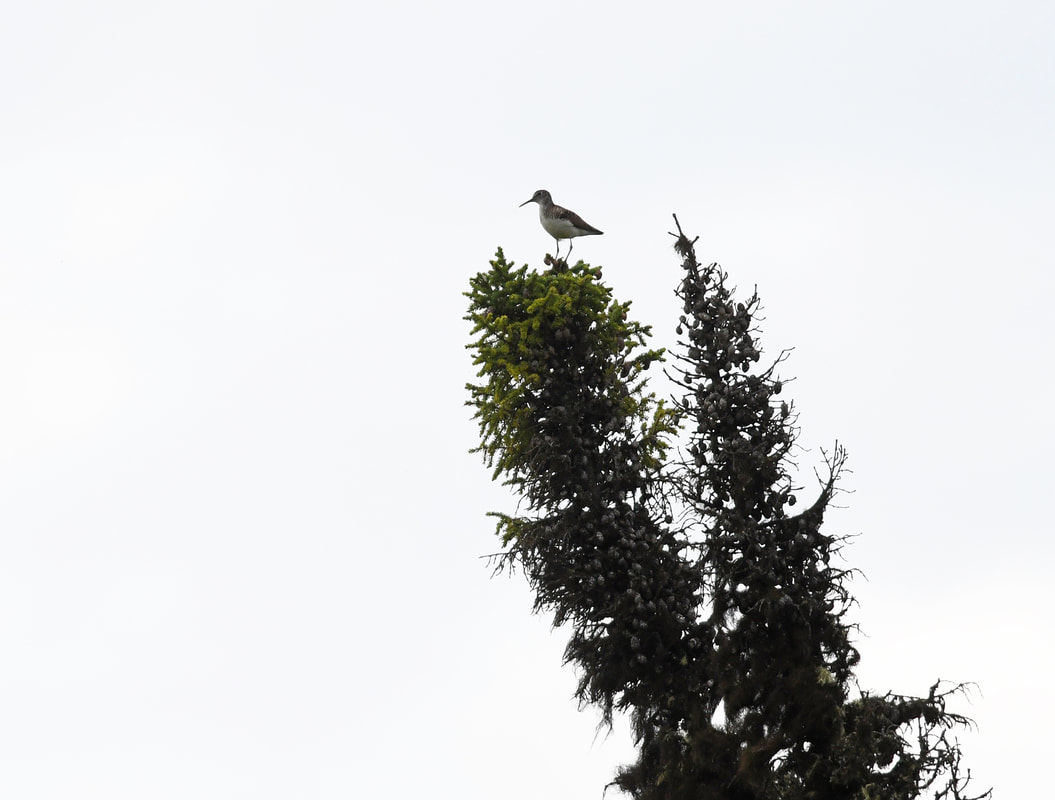

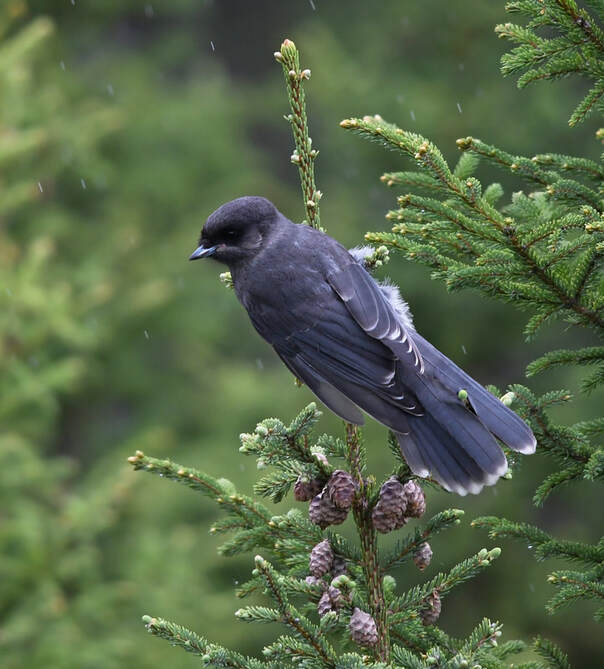
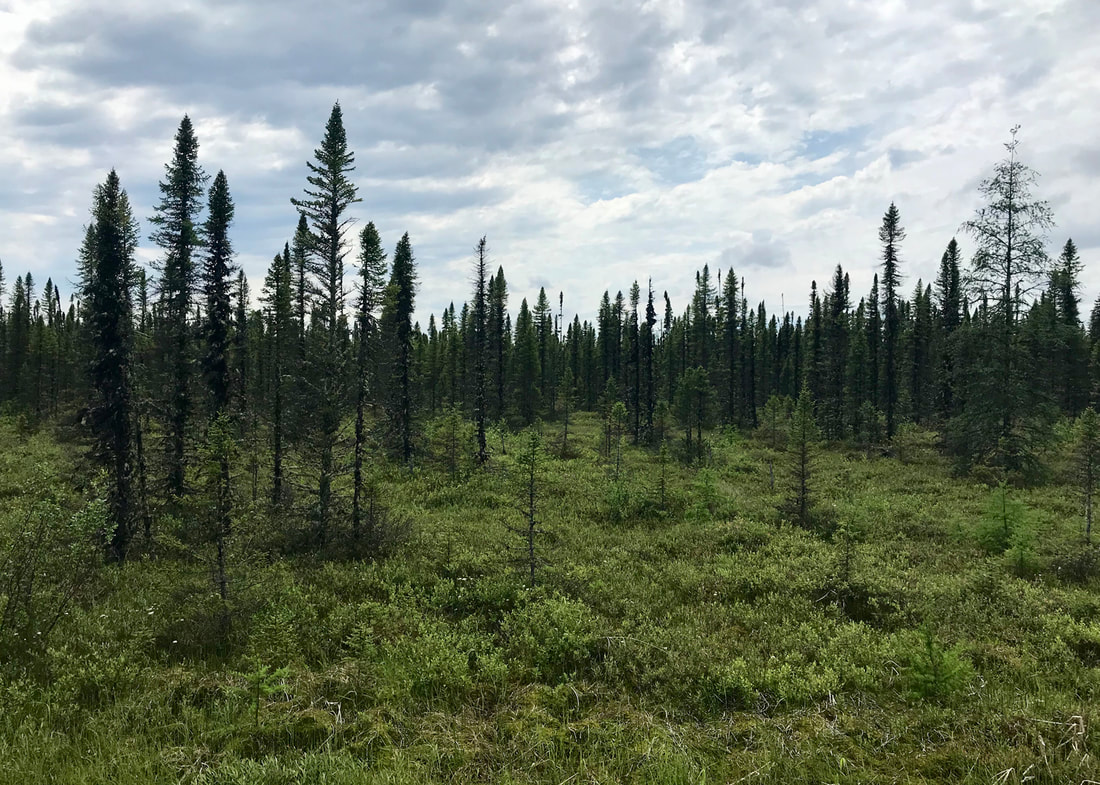
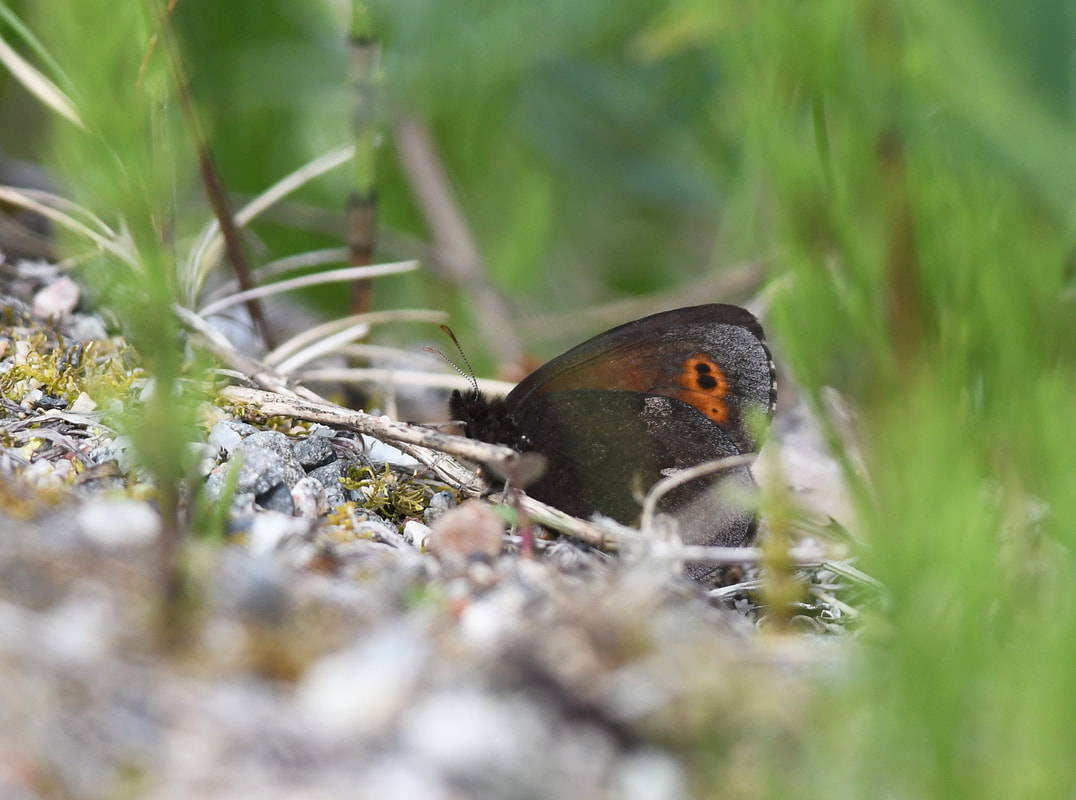
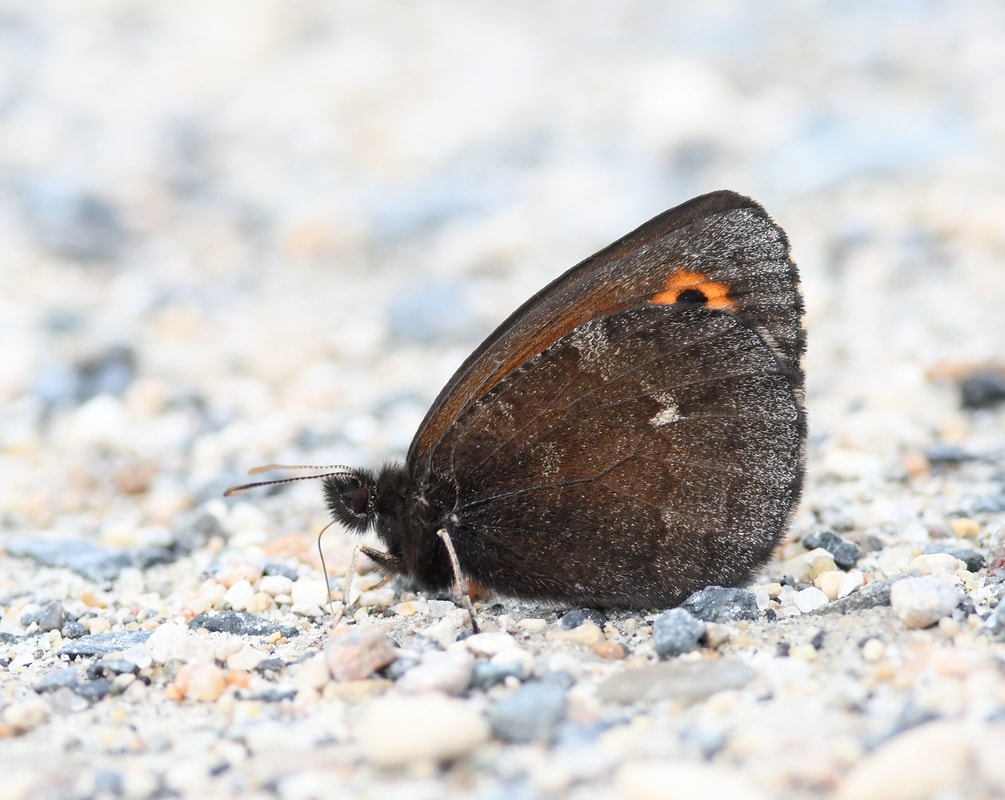
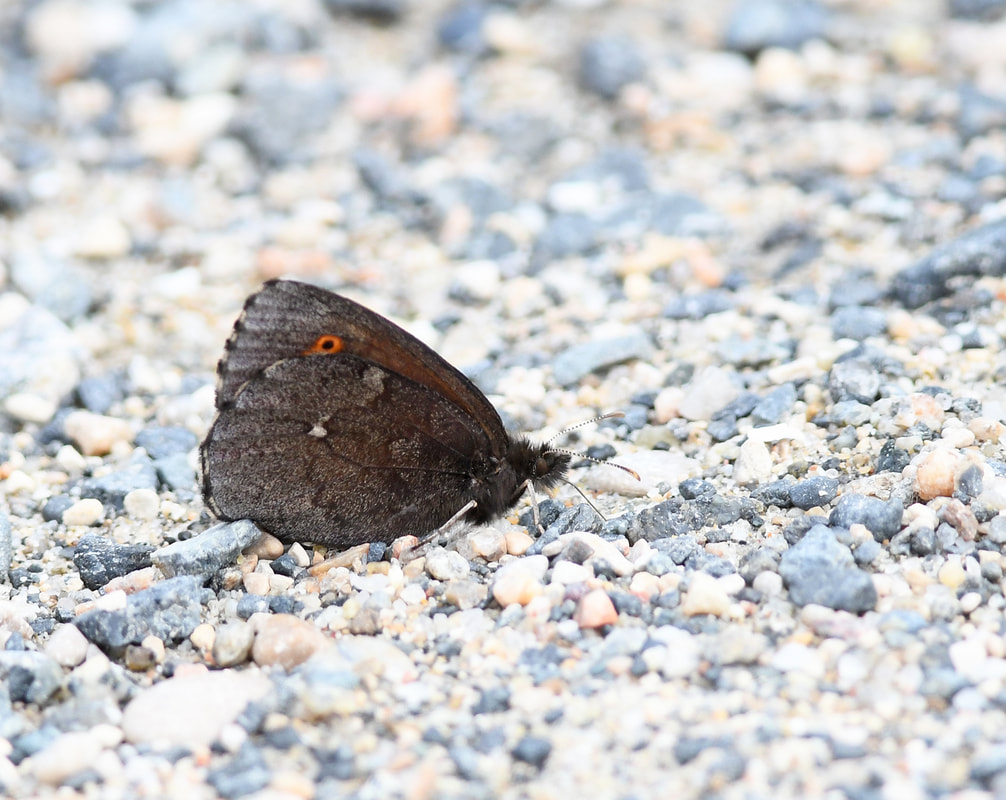
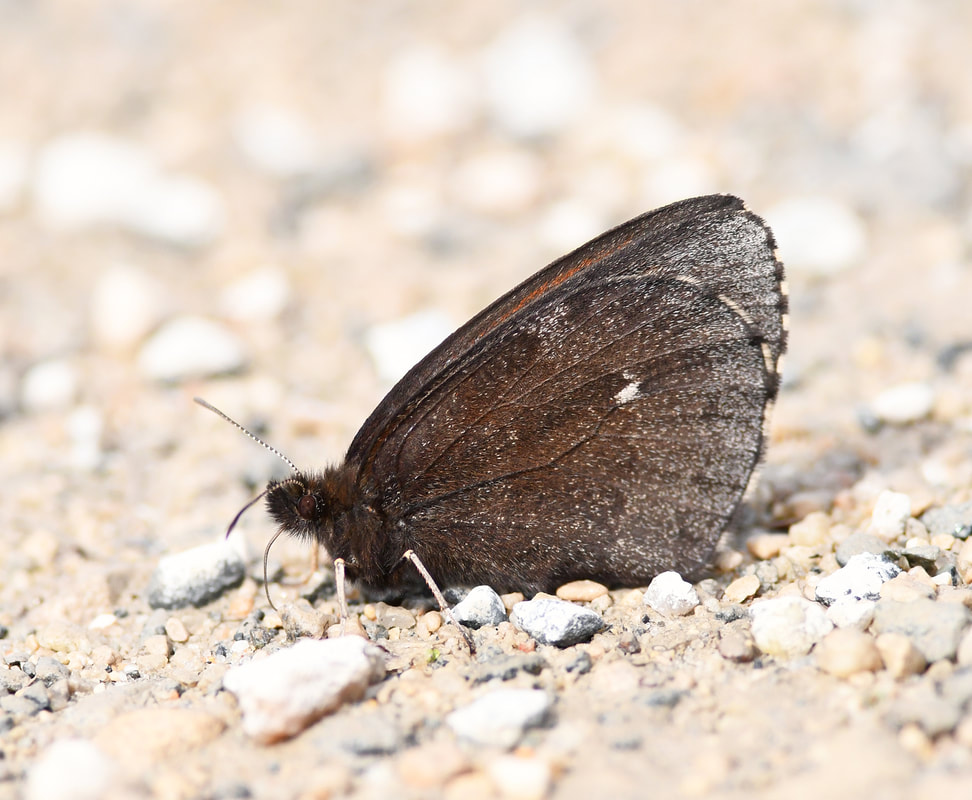
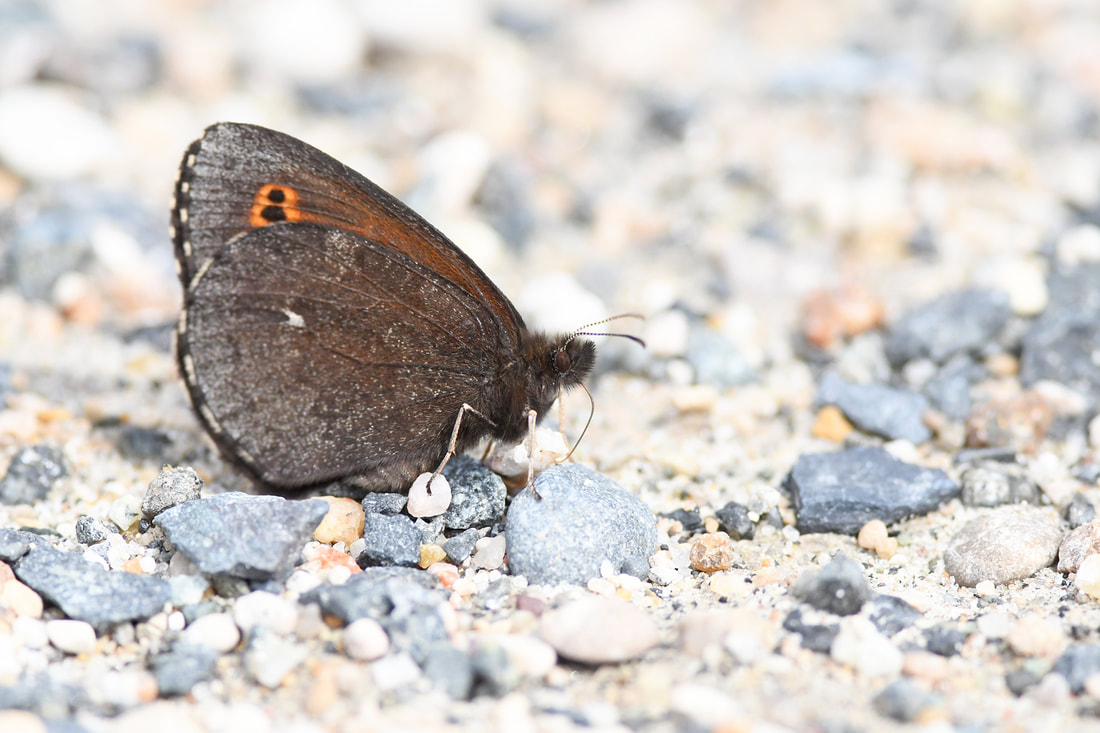
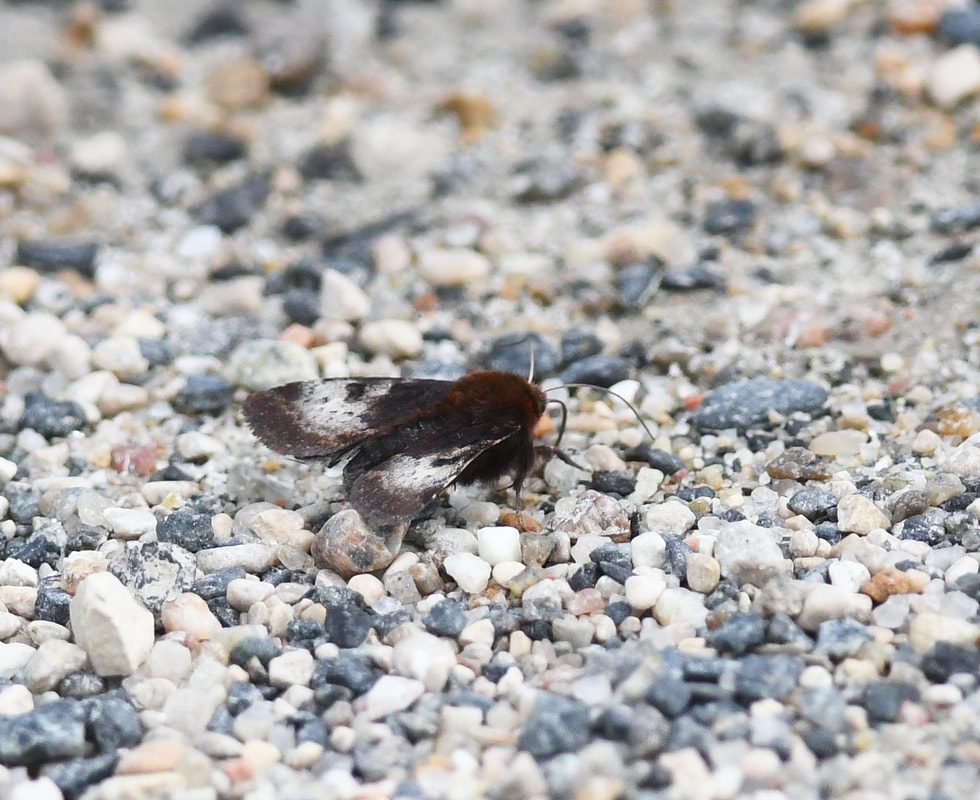
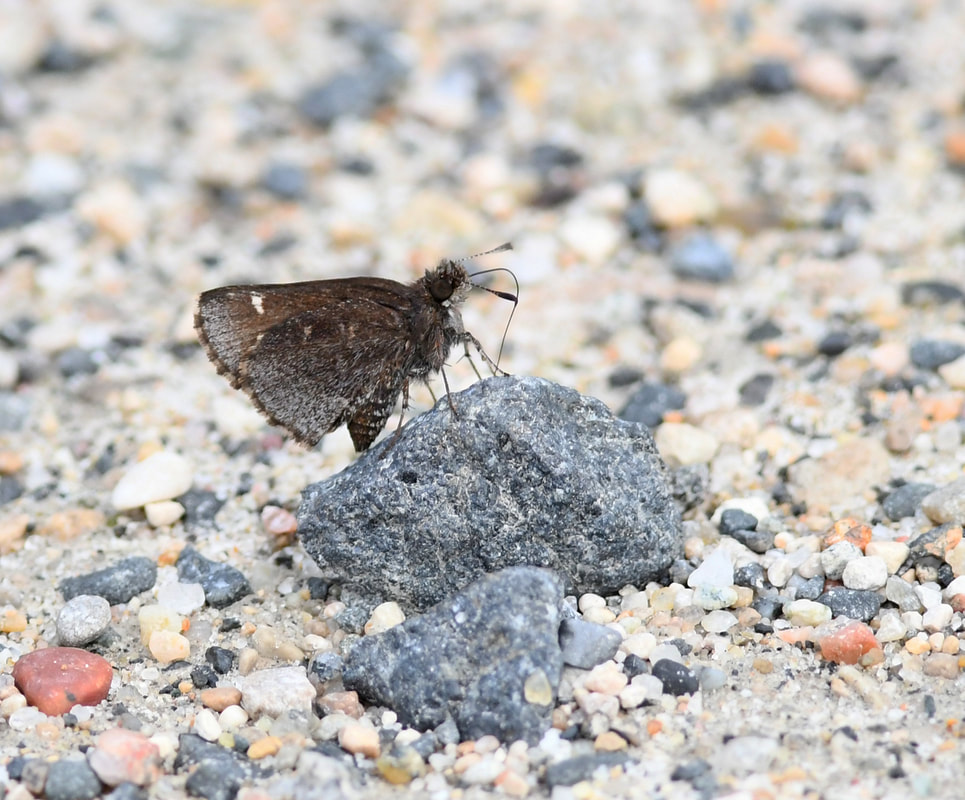
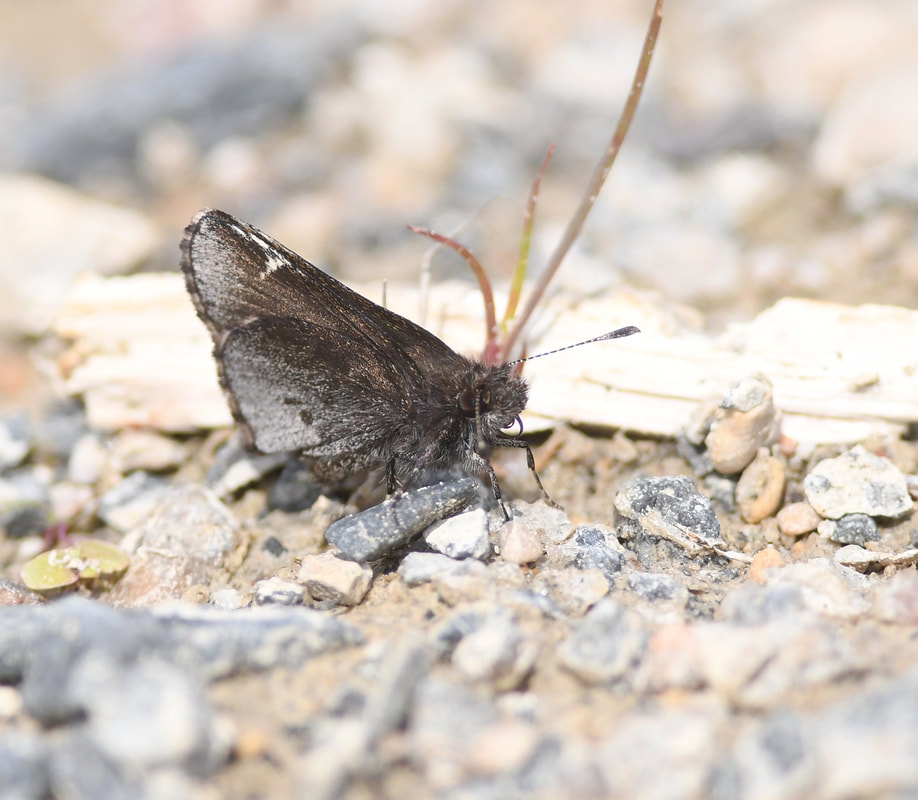
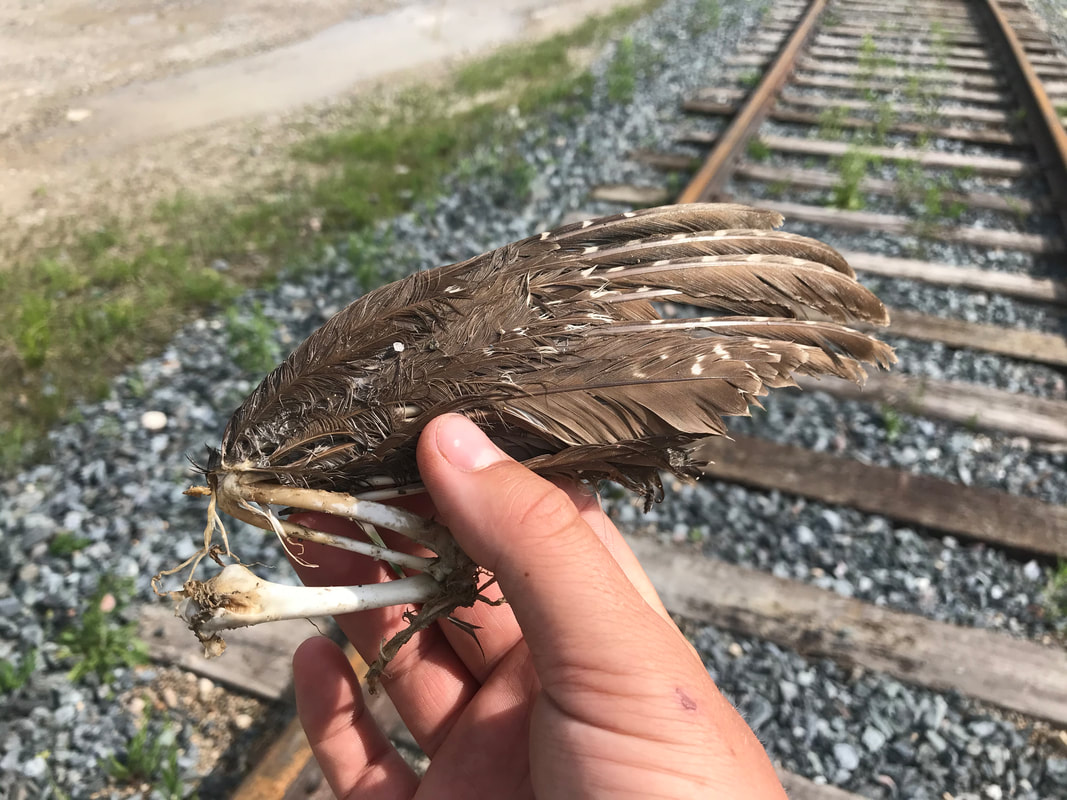
 RSS Feed
RSS Feed